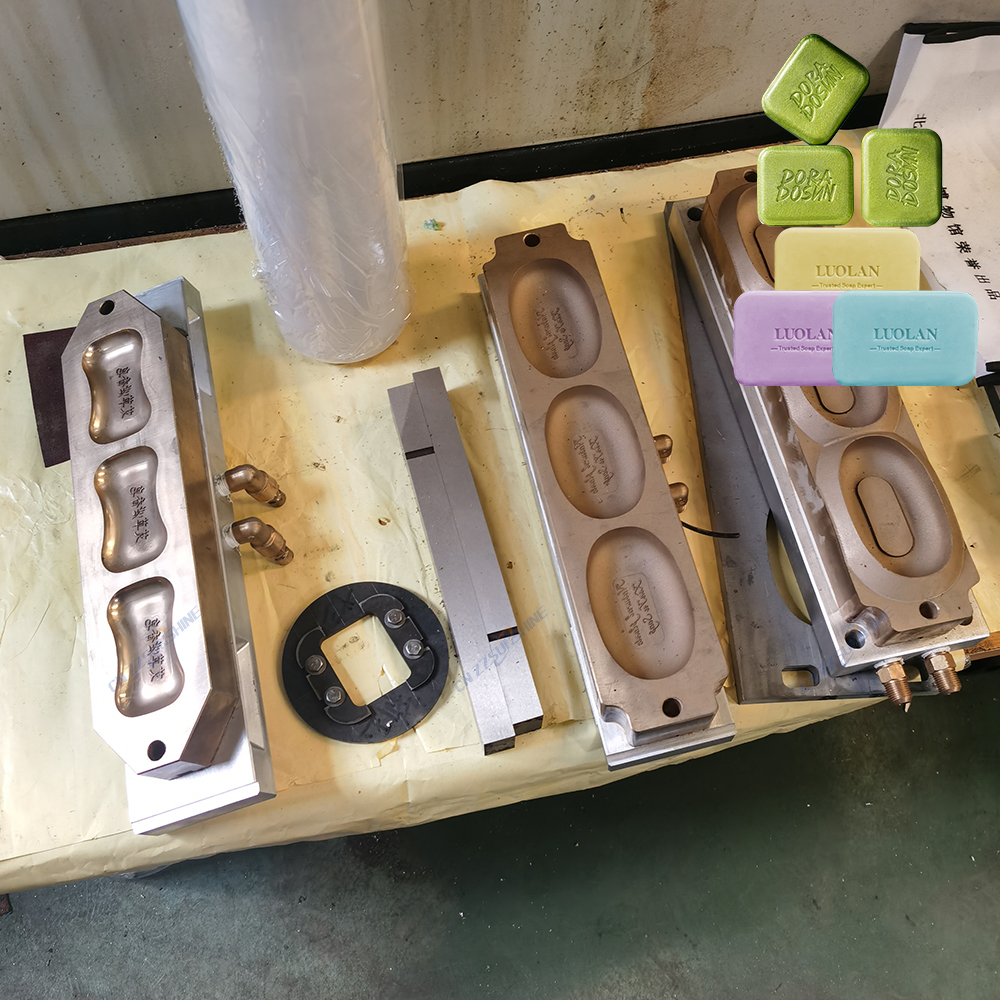The global demand for high-quality bar soap, encompassing both laundry and toilet varieties, necessitates efficient, consistent, and scalable manufacturing. Moving beyond labor-intensive manual processes, investing in an integrated **soap making production line** is the cornerstone for achieving competitive advantage. This integrated approach streamlines the entire journey from raw materials to finished bars, significantly enhancing output and quality control.
A robust **laundry soap making line** or **toilet soap finishing line** typically begins with precision mixing. An **industrial mixer for chemical processing** ensures fats, oils, alkalis, and additives are blended homogeneously, forming the crucial soap base or noodles. Consistent mixing is fundamental to the final bar’s properties and performance. Following this, the **soap plodder machine for bar soap**, particularly a **vacuum plodder**, becomes critical. This stage compresses the soap mass under vacuum, forcibly removing air pockets (**de-aeration**) to create a dense, uniform grain structure. This vacuum extrusion is vital for producing bars that are hard, long-lasting, and free from cracks or voids – essential qualities for both **laundry bar soap production line** and **bath soap making machine** outputs.
The extruded continuous soap log then moves to cutting. Here, a **custom soap cutting machine** or **electric washing soap cutter** provides precise, programmable sizing. Modern **automatic soap production line** configurations often integrate sophisticated **cutter** units that ensure minimal waste and consistent bar dimensions, whether for large laundry bars or smaller guest soaps. For premium segments like a **beauty soap making line**, downstream finishing equipment such as stamping, cooling tunnels, and automated packing further enhance presentation and efficiency.
The benefits of implementing a complete **soap making machine** line are substantial. Automation drastically reduces labor costs and human error. The **vacuum plodder** guarantees product density and integrity, while the **soap mixer** and precision **cutter** ensure uniformity from batch to batch. Ultimately, a well-designed **soap making production line** delivers higher throughput, superior product quality, reduced waste, and the scalability needed to meet market demands effectively. For manufacturers aiming to excel in the competitive soap market, transitioning to an integrated, automated line is no longer a luxury, but a strategic necessity.




